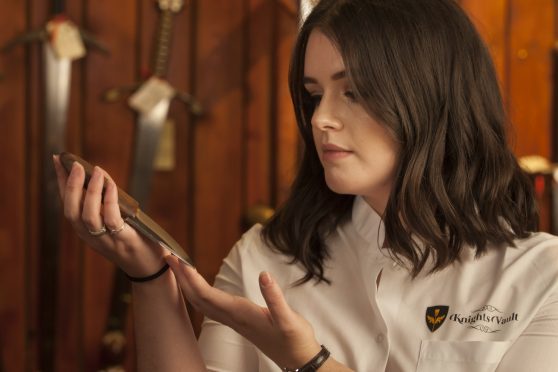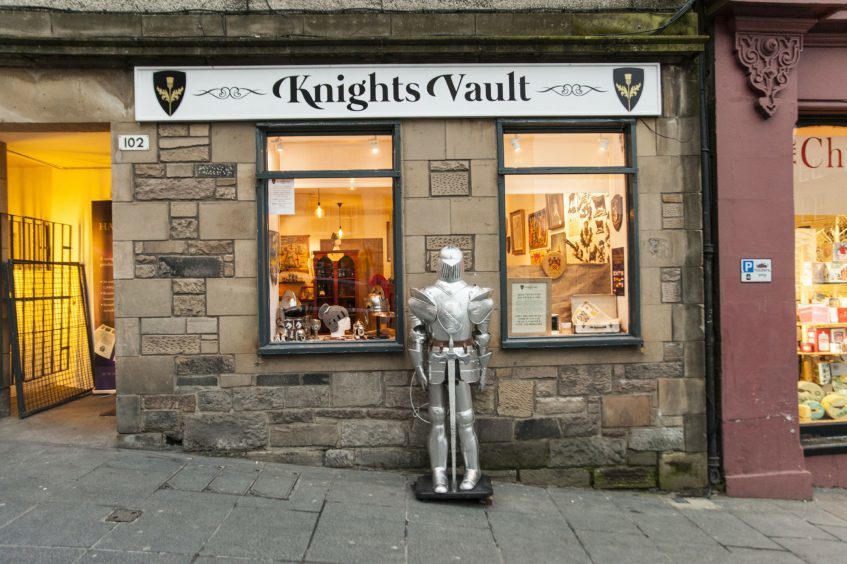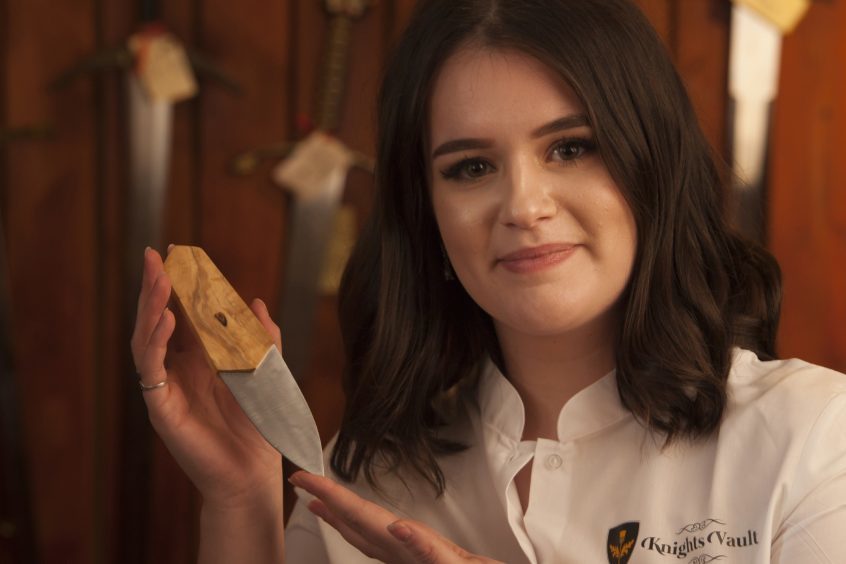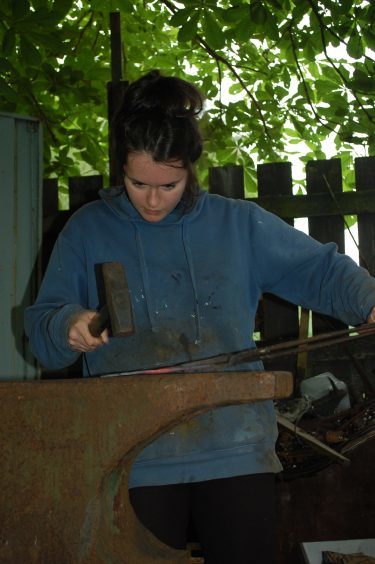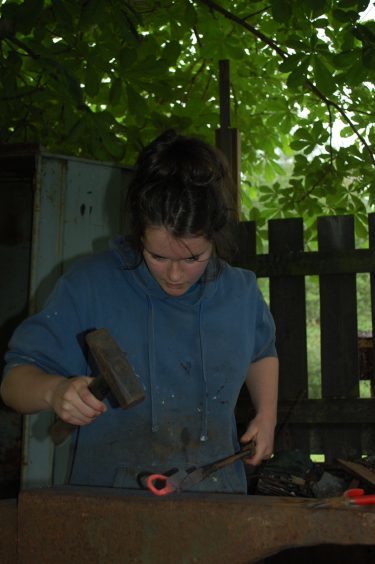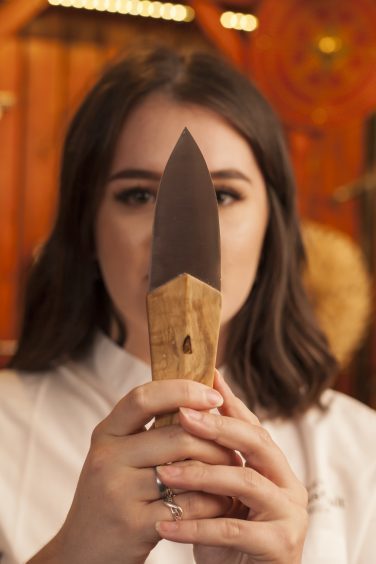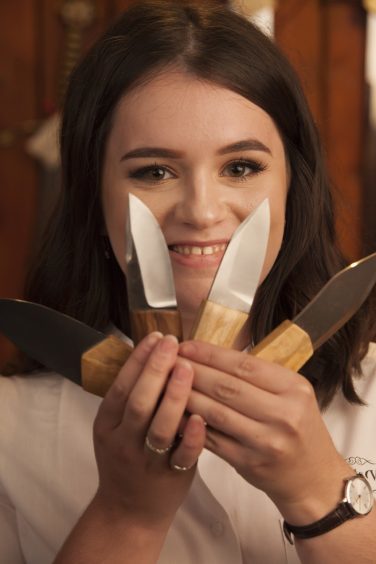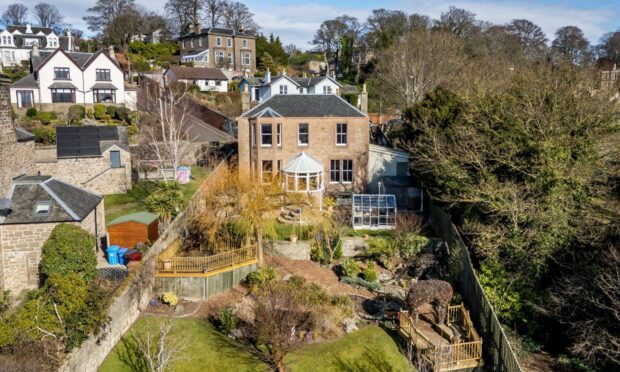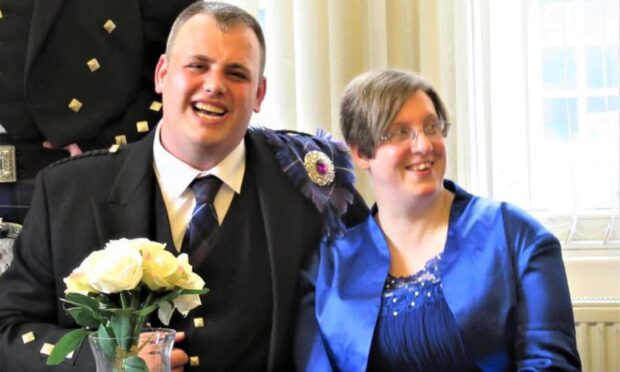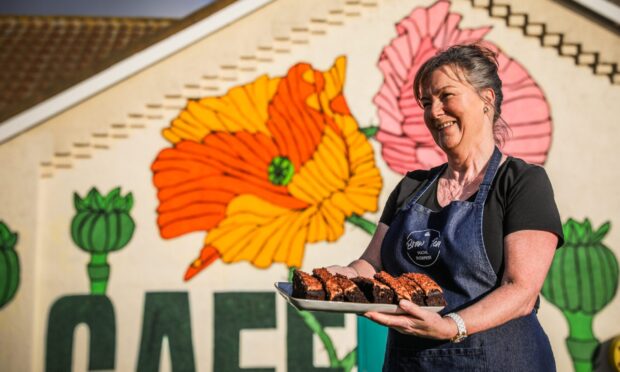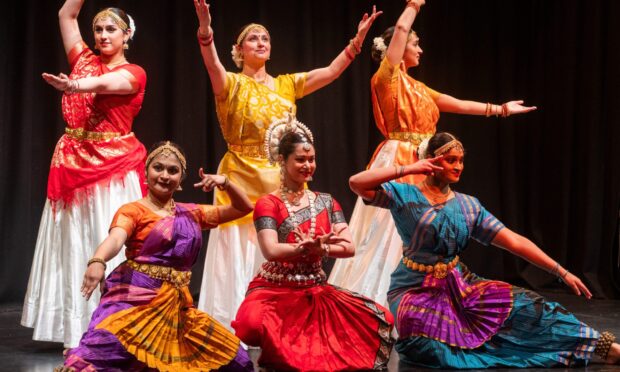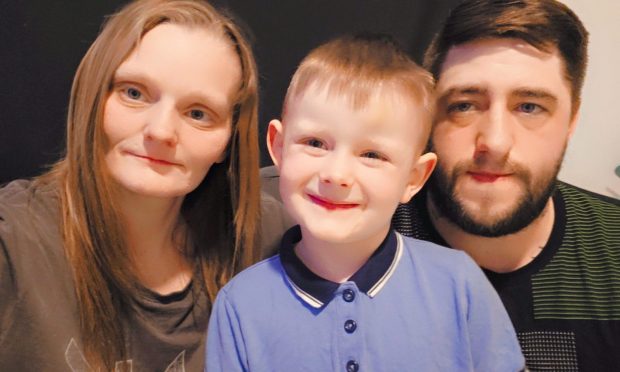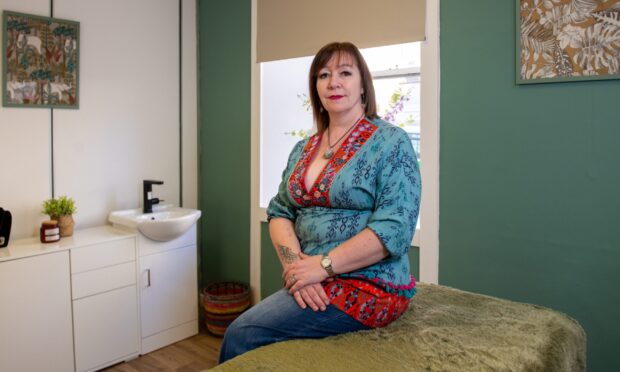When Charis Fleming’s three older brothers were all given wooden toy swords to play with when they were little, it was inevitable that she would want to join in. This began a love for the world of knights and medieval history and today Charis, 19, is the manager of The Knight’s Vault – Scotland’s only bespoke sword-making retailer – in Edinburgh’s Grassmarket.
“I moved to Edinburgh in 2015 with a small knowledge of swords and blade-making, so when I walked into The Knight’s Vault I was offered a job on the spot,” Charis recalls.
Since then Charis has become the country’s youngest female bladesmith, making sgian dubhs – the ceremonial knife worn in the sock with Highland dress. Sgian means knife or dagger or blade and dubh means black.
Originally used for eating and preparing fruit, meat, and cutting bread and cheese, as well as serving for other more general day-to-day uses such as cutting material and protection, Charis explains: “The reason I began to make sgian dubhs was to bring the knife back to its origins – centuries ago they were very different to the black and silver ornamental knives that you see most often these days. They were far simpler, very little decoration and more like a tool than a piece of jewellery.
“This is why I love making them – to bring a little insight into the history of Scotland’s national knife,” she smiles.
Charis’s blades are made from a high carbon steel called ball-bearing steel. “Although this is not stainless steel, it’s my favourite metal to use as it stays sharp for longer and is the perfect level of hardness,” she says.
To make the process faster, she works in batches of three to five. Firstly, the profiles of the blades are shaped with a grinder, then they’re heat-treated and tempered in a furnace to make the steel more durable. The edges are then ground on a grinding belt. For the handles, the basic shape is made on the grinding belt again, followed by the gruelling task of sanding to make wood smooth and even. Once the handles are finished, the blade and the handle are glued together and the sheath is made from thin leather.
“This is all done by hand so takes around a full day, but some music and a cup of tea helps,” Charis says.
“As my knives are often displayed in our shop, I keep them blunted for safety – but it’s no problem to sharpen them if a customer prefers it that way,” she adds. “I was once asked to sharpen two of them as the customer wanted to shave with them!”
Charis loves what she does but admits that she has been fortunate.
“In the bladesmithing world it is very difficult to find a way to learn – there are no official courses or apprenticeships,” she says. “So often you just have to be lucky enough to find someone who will teach you. I befriended a local bladesmith who was happy to train me. He is now my fiance!”
www.theknightsvault.com
